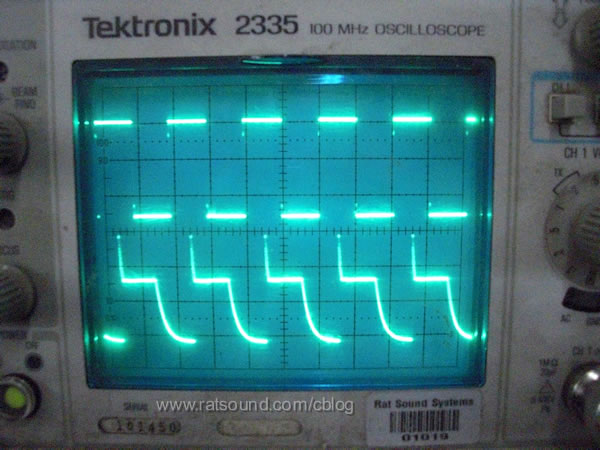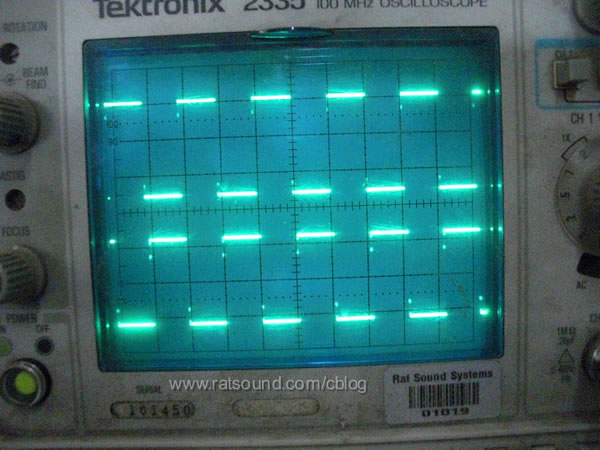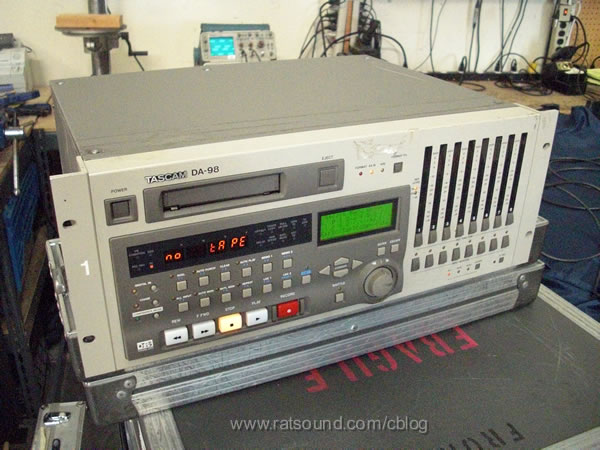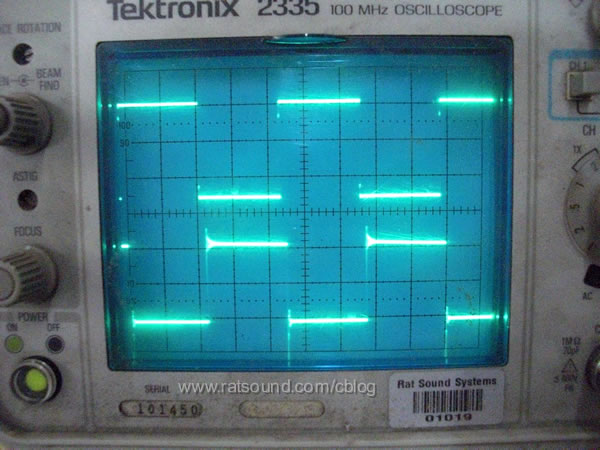Seeing Things As They Really Are
I sometimes wonder if perhaps my bloggery ramblings would be better packaged in more compact media-friendly snippets. I realize that compared to the progressively twittery word and the popular one-shot-youtube-jellybeans of the internet, these meandering posts must be trudgingly long to many in this exceedingly e-speedy world. Yet, each time set out to write I find myself less than satisfied with an offering that lacks some substance and diversity and I realize that I truly am writing mainly because I enjoy it and because I enjoy capturing and remembering a snapshot from the scavenger hunt of a world I reside.
So today lets start with with something very important. We are discussing some new Rat artwork, logo's and even the creation of some Rat Sound skateboards. So, I thought I would run the design by y'all to get your opinion. I am not sure if you will catch the difference right away but if you look closely, you may notice that I changed the jaw line and a few other minor details.

Just for reference, here is the normal tail straight rat logo.

And just for good measure, here is an interesting article on our furry little friends:
http://www.ratbehavior.org/testicles.htm
Next on the agenda, I would like to cover something overwhelmingly technical and trite to all but a few.
**** Sound Nerd Speak ****
In the human sound world landscape so ripe with snake oil salesmen and curious minds unassumingly open to seemingly logical and feasible revelations, the opportunity for those less than truthful or those less than knowledgeable to sway finance via false complexity one way or the other is inevitable. The unraveling of those deceptions and misbeliefs is both fun and hopefully welcomed. I guess it could be an audio version of Myth Busters except I will avoid falling prey to using false logic to create the illusion of a definitive truth. But hey, I am not under media pressure to do so for ratings so I have an advantage.
There is a concept floating around the audio world that "if you connect an Apogee Big Ben digital clock to a Yamaha PM5D console, it will sound amazingly and near magically better." What is really interesting about this is that the proponents often come off as borderline mystical in their descriptions, yet the 'why' is always clouded in an ethereal haze of fuzzy-speak. So when this issue came to Rat in the form of supplying Ben Ben clocks for rentals to clients, Jon Monson, the main man at Rat that runs our system rentals, arranged some testing. Yes we will give the clients what they desire and yes, we must know what (if anything) drives those requests. We are all good with ergonomics and personal preferences but when it comes to just adding more hardware to keep other hardware in line and the addition creates more complexity and it offers the engineer no joy or fluidity, perhaps it 'just money to waste and truck space to burn.'
So Jon arranges an Apogee Big Ben and since our PM5D's were all on tour, we grabbed a Yamaha MC7L and with a mic and some tunes we gave a listen to discern a difference, to no avail. Sounds the same on headphones and perhaps a slight variation between Big Ben clocked and not but hey, that's all very subjective so even if we did find a difference, without a repeatable provable measurable difference, nothing changes. Next we grabbed some other gear from the shop, an oscilloscope and and some wires and hey, lets take a look.

I must admit, I expected maybe something slight but no. The top trace is the Big Ben and the bottom is the MC7L internal clock, both at 48K. Looks like a capacitance issue to me. Ideally, they would both be clean square waves. So that peaked our interest and we decided to check some other digi clocks.

Here the top is the Big Ben and the bottom is a generic clock signal from a Digi Design word clock. Hmmm, I wonder. So we pull out the oldest 'least likely to have a decent word clock' piece of gear we can find at the shop, a Tascam DA98 digital recorder

And we slow down the scope a bit an look! the signal shows a bit of ringing but still a fairly clean square wave.

Why the Yamaha console would have such a crappy square wave generator clock baffles me but that said, we have proved nothing because we were not able to prove that the ugly Yamaha MC7L clock signal actually changes the sound for the worse. Plus we are not sure yet that the Yamaha PM5D clock is as odd looking as the MC7L.
What we do feel confident about is that just about any clock is better than the internal clock in an MC7L. So food for thought and maybe adding any external word clock to a Yamaha will help or maybe someone at Apogee saw a marketing opportunity based on a crappy looking square wave and the Yamaha internal clock with spikes and all actually times the board just fine, don't know and if nothing else, don't the o-scope signals always look kind of cool!
**** End Sound Nerd Speak ****
Finally, I would like to say
AAAAAAAAAAAAAARGHHHHHHHH!
and double AAAAAAAAAAAAAARGHHHHHHHH!
My laptop has finally reached the end of it's life span, hence my near vanishing to all internet related adventures. Crippled and sad, I finally have a new one coming and will enter the data swap hell soon.
Come join me in my next bloggery post, till then do not forget to turn it up and rock out!
Dave Rat